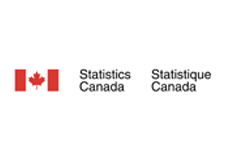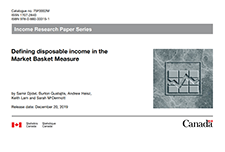Canada is facing housing affordability challenges. In 2021, one in five households (20.9%) lived in unaffordable housing, defined as spending 30% or more of household total income on shelter costs (Statistics Canada, 2022c). Some estimates have projected a need for an additional 3.5 million housing units by 2030 to restore housing affordability (Canada Mortgage and Housing Corporation, 2022).
Living with roommates or with extended family members is one strategy that may be used to manage housing affordability challenges. Roommate households, defined as two or more people who do not form a census family living together, represented a small share (4%) of Canada’s households in 2021. Nevertheless, it was the fastest-growing household type, with the number of roommate households increasing by 54% from 2001 to 2021.
Examining these households can reveal sources of housing instability risk and unmet housing need that are not apparent in household count projections or affordability statistics based on the combined resources of all household members.
Access this resource to read the research paper.





